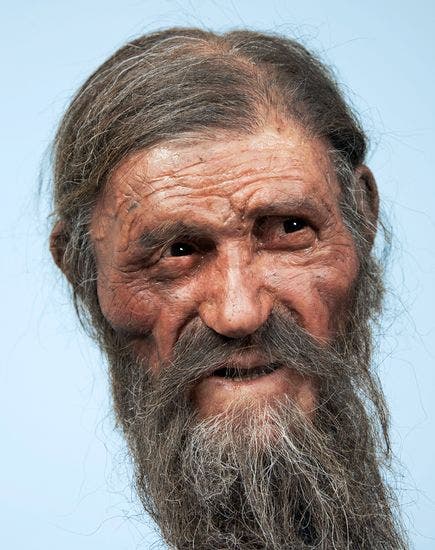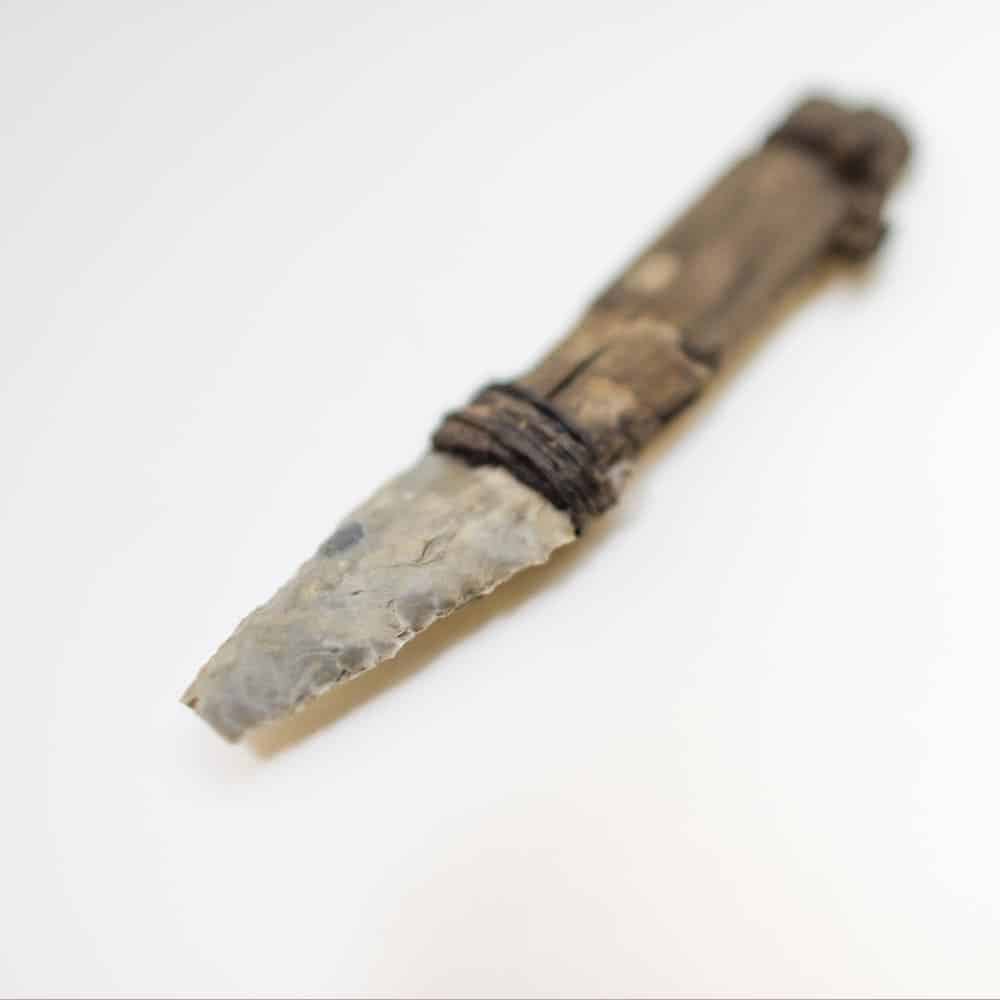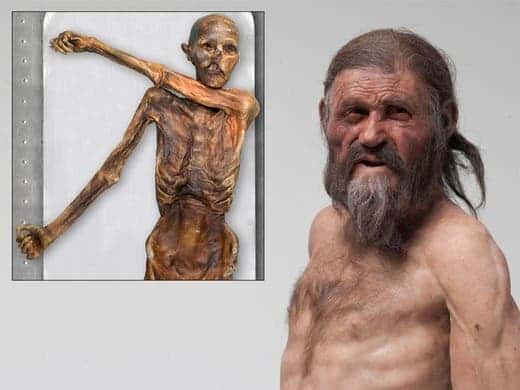
Almost three decades ago, a pair of German tourists were hiking in the Ötztal Alps when they came across a frightening sight — the frozen body of a man. It turned out that the pristinely well-preserved body was 5,300 years old mummy that, over the years, would provide invaluable insights into prehistoric life.
A moss path
Dozens of scientists have analyzed the mummy, known as Ötzi the Iceman, in an attempt to piece together the last moments of his life. We know, for instance, that the Iceman died of violent death, as suggested by head trauma, a cut between his thumb and forefinger, and an arrowhead lodged in his left shoulder. The latter is what ultimately killed the prehistoric man, who died from bleeding a few days after he was shot with the arrow.
In a new study, Jack Dickson, an archaeobotanist at the University of Glasgow who has been studying Ötzi since the mummy was discovered, analyzed some of the 75 different species of mosses and liverworts found alongside Iceman.
Many of the species found encased in the ice with the mummy are known to grow at the elevation where Ötzi died, at 3,210 meters (10,320 feet). Among scientists familiar with the mummy, there has been a long debate over which side of the mountain the Iceman made his ascent — was it north or south?
Dickson claims that the evidence he has gathered points towards the nearby valley of Schnalstal as the Iceman’s starting point. For instance, microscopic bits of flat neckera (Neckera complanata) were found in the digestive tract of Iceman. But this moss can’t possibly grow at the kind of elevation where Iceman was found.
By examining the distribution of neckera, and other low-elevation mosses found near the corpse, Dickson concluded that the likeliest habitat where the mosses are found is in the Schnalstal Valley, which leads up to the high-elevation spot where Iceman died.
This means that Ötzi must have roamed a lot during his final days, climbing from about 600 meters (1,969 feet) in elevation to 3,210 meters (10,320 feet).
The mosses found in Iceman’s digestive tract have no nutritional value. Most likely, Ötzi did not ingest the mosses for sustenance but rather as medicine after he was attacked. The flat neckera may have also served as wrapping for the red deer meat found in his gut, the researchers wrote in the journal PLOS ONE.
“The mosses Neckera complanata and several other ecologically similar species as well as a species of Sphagnum (bogmoss) strongly support the claim that the Iceman, took northwards up Schnalstal, South Tyrol, as the route of the last journey. A different species of bogmoss, taken from his colon is another indication the Iceman’s presence at low altitude south of Schnalstal during his last hours when he was first high up, low down and finally at over 3,000m,” the authors wrote.
This study adds even more complexity to Iceman’s story. Previously, researchers showed that he had brown eyes and very bad teeth, was lactose intolerant, had a genetic predisposition for an increased risk for coronary heart disease and probably had Lyme disease.
Last year, researchers analyzed Ötzi’s six tools that were stored in his belt pouch. These are made from chert — a hard and compact sedimentary rock, consisting dominantly of very small quartz crystals, that was often used to fashion prehistoric tools out of.
Several of the tools were intended for cutting plants and soft wood, and showed signs of careful and repeated resharpening. The wear suggests Iceman had often repaired his tools and weapons using an antler retoucher he carried with him. Other tools were so-called proto-tools, with blades that weren’t completely shaped yet. The Iceman was probably still in the process of chiseling them but never had the chance to finish his work.

Archaeological evidence suggests that alpine settlements from the Copper Age engaged in a vast trade network. The copper from Iceman’s axe, for instance, was sourced from hundreds of miles south. The chert used to fashion the worn tools was mined from three different regions in the Southern Alps, from as far as 70km away. The findings suggest that locals were part of an extensive trade network. The severely worn-out tools also suggest that Ötzi may have been cut off from this network.
We will probably never know who Ötzi’s assassins were and what the quarrel was all about, but it’s fantastic to see how intimately we’ve come to know Iceman and his painful last days on Earth.



